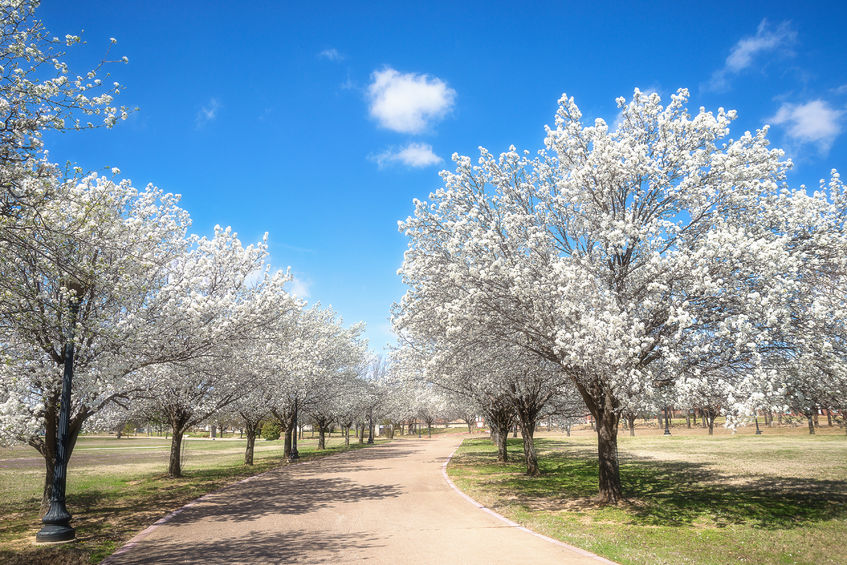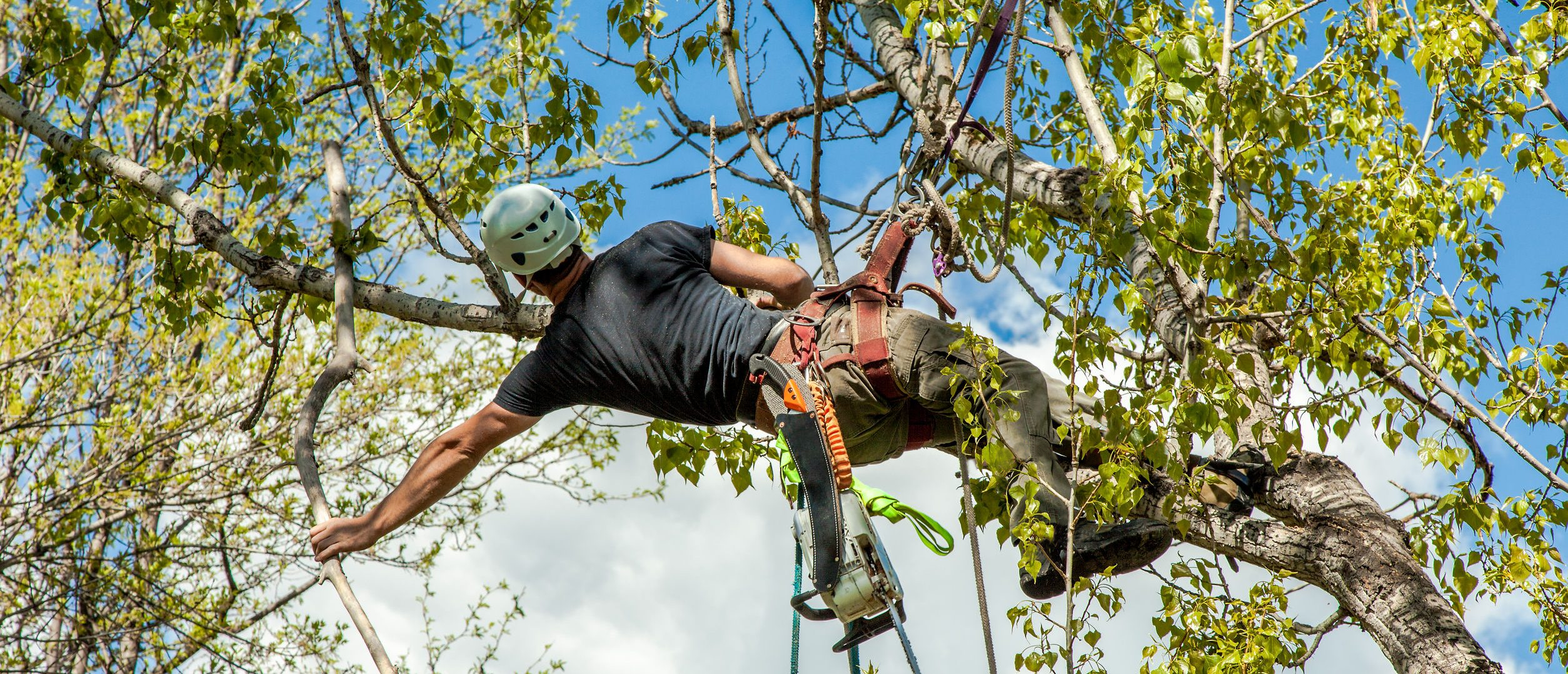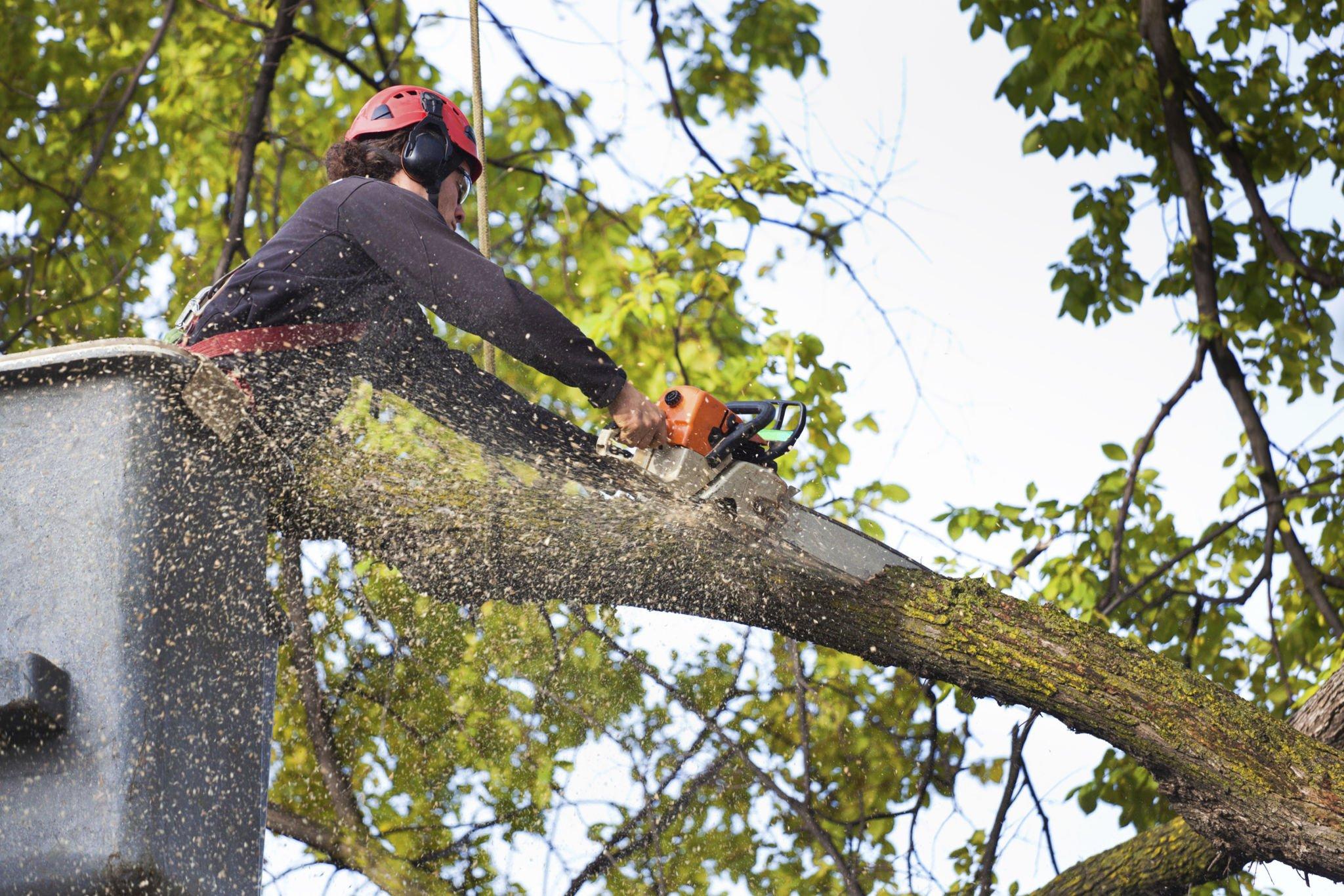What is hardscaping?
At a basic understanding, hardscaping is the concrete and other stuff that goes in between the plants in your landscape design. The stuff that makes up the hard part of landscaping. Think rocks, gravel, bricks, stone, wood, pavers etc.
Hardscaping is basically any solid structure or feature in an outdoor landscaped area that is not plant life.
What are some examples of completed hardscaping projects?
Glad you asked. Some examples include driveways, patios, outdoor kitchens, fire pits, fountains, waterfalls, walkways, retaining walls, and statues.
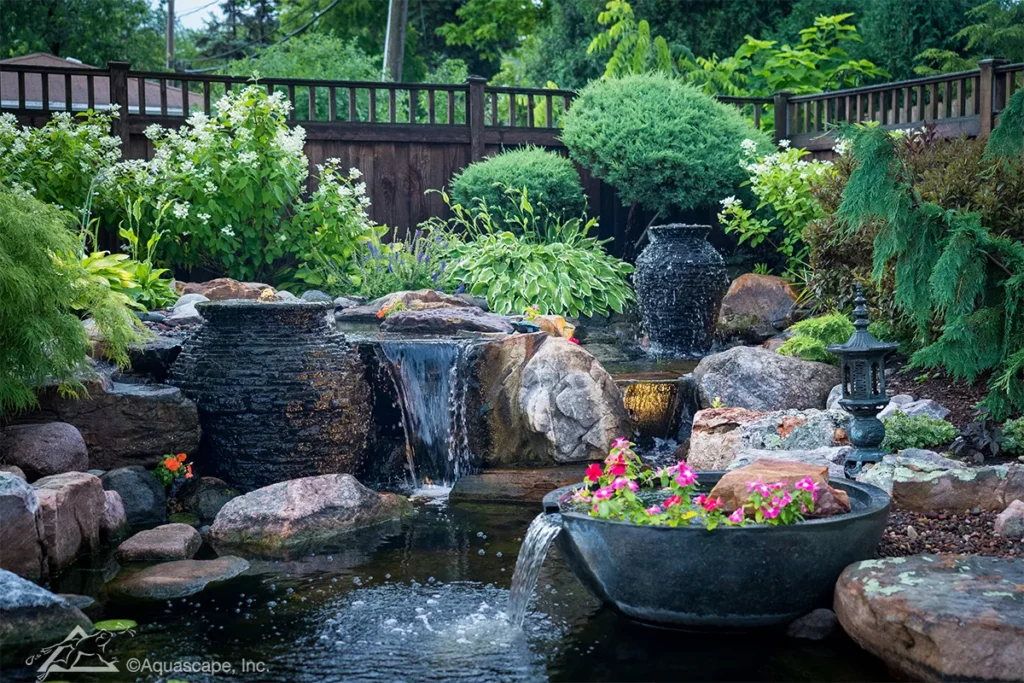
Does hardscaping add property value?
That’s a complex question. I believe it adds value, but not as much as plants.
Basically, the answer is yes. Aesthetics are an important part of home buying and selling. Having lush landscaping will definitely add to your home’s perceived value. All else being equal, it may be the deciding factor in a buyer choosing your home over another on the market.
Are there any tax benefits of hardscape?
Yes. For most hardscape projects, the environmental benefits can help you deduct up to 30% of the cost of the project from your income taxes. The IRS has strict guidelines for qualifying for this deduction, so consult your tax advisor for details.
Can you used recycled materials in hardscaping?
Absolutely, and it’s a great concept for all aspects of your landscape, not just hardscaping. Try to use recycled or reclaimed materials whenever possible.
Can you lay hardscape over existing grass?
Yes. Many people would prefer to lay their hardscape over existing grass. It’s not as ideal as laying the hardscape in the ground, but it’s possible and a good option for those who don’t want to tear out their lawn or have a large area that needs hardscape applied.
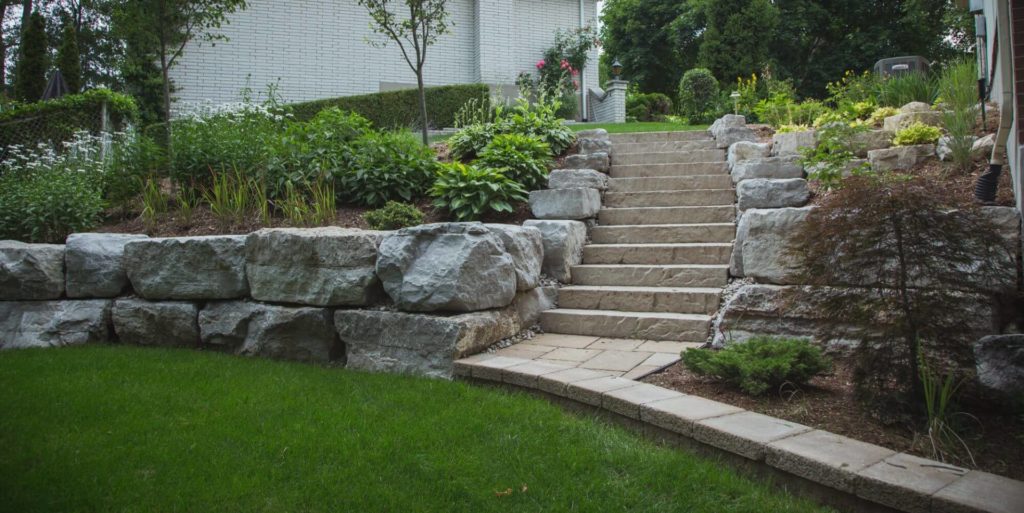
What is softscaping? Is that a thing?
Softscaping is just landscaping. The landscaping plants that are used in a landscape design. Plants add color, texture and visual appeal to any landscape design. Plants can be used to soften hardscapes or stand alone as the central theme in your landscape design. A landscape with softscapes only is sometimes referred to as a “green landscape design”.
12 Hardscaping Ideas To Consider
- Patios: A patio is any flat hardscaping feature used for entertaining guests or eating outdoors. A patio can be constructed of a variety of materials including: flagstone , stone pavers, bricks, paving stones, natural stone (granite, limestone, etc), concrete, and wood.
- Stone or stamped concrete pathways: Pathways are a great way to lead people through your landscape design. Pathways should be at least 3 feet wide to accommodate two adults walking side by side. Pathways can be constructed of wood, pavers, or stone (including: flagstone , stone pavers, bricks, paving stones, natural stone (granite, limestone, etc).
- Retaining walls: A retaining wall is a structure that is built with flat slabs stacked on top of one another and held together by a frame. Retaining walls are generally made of concrete, stone, brick, or other masonry materials. A retaining wall can be built to any height, but landscapers won’t be able to build over 4 feet without the approval of an engineer.
- Gazebos and pergolas: Gazebos and pergolas are structures built over an area that can be used to provide shade or shelter. A gazebo is usually a freestanding structure, while a pergola is attached to a house or wall. Gazebos and pergolas can be constructed of wood, metal, concrete, or stone.
- Decks and porches: Decks and porches are great for entertaining guests or relaxing in a tranquil environment. Decks are usually attached to the house, while porches are freestanding. Decks and porches can be constructed of wood, concrete, or stone.
A fire pit is a great way to create a focal point in your landscape design. Fire pits can be constructed of wood, stone, bricks, or concrete. - Statues: Statues can be a great way to add character to your landscape design. Think about what kind of statues would fit into your design, such as a statue of a person, animal, or other object. Statues can be constructed of stone, concrete, steel, or wood.
- Water features: Water features are man-made ponds or fountains that have been constructed in your landscape design. Water features include fountains, ponds, streams, and waterfalls. These water features are created to give a sense of tranquility and peace to the landscape. Water features can be constructed of wood, stone, or concrete.
- Concrete slabs and patios: Concrete slabs are great for building an outdoor kitchen, barbeque, or even a place for your dog to do his business! Think about what you want your concrete slab to be used for before deciding on a design.
- Driveways: A driveway is a road or area used to access a building or parking lot. A driveway can be constructed of a variety of materials including: asphalt, concrete, gravel, cobblestone, and brick.
- Fire pits: A fire pit is a man-made structure that is built to contain a fire. Fire pits are great for creating a focal point in your landscape design, or providing a place to sit and relax with friends. Fire pits can be constructed of stone, bricks, concrete, or wood.
- Outdoor kitchens: An outdoor kitchen is a cooking structure used outside such as a grill or fire pit. An outdoor kitchen can be constructed of a variety of materials including: aluminum , stone, flagstone, stone pavers, bricks, paving stones or granite.
- Pools: A swimming pool is a water structure created for recreation, exercise, or to cool off. A pool can be built from a variety of materials including: fiberglass , concrete, steel, and vinyl. You can also incorporate bird baths, ponds, or other small pools of water in your landscape design.
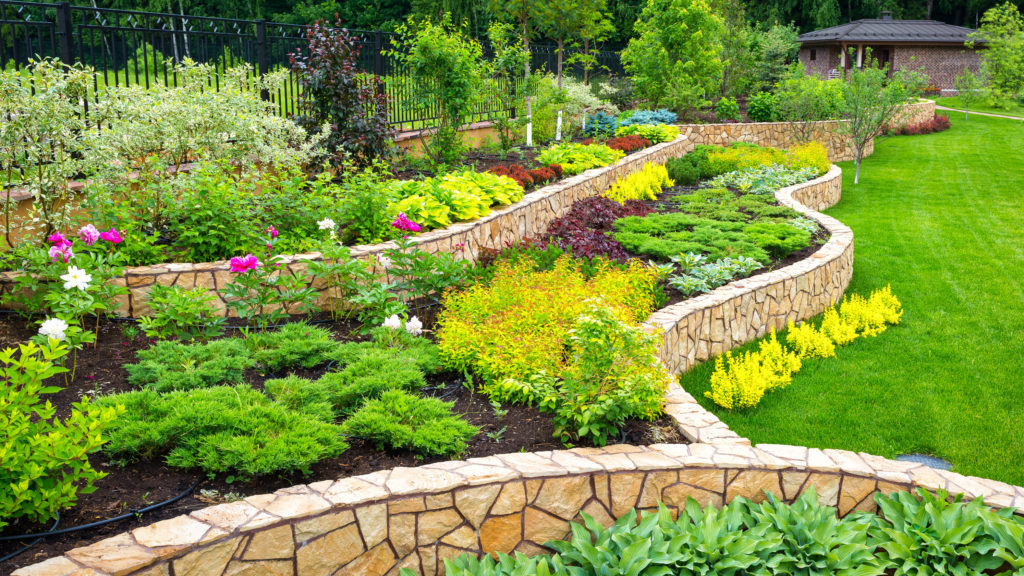
In summary, just think about what types of landscapes you would like to see in your backyard and create a design that reflects that.
Do you want something that is awesome and has that wow factor but takes a lot of upkeep? Or would you like native plants and hardscape features that you will never really have to manage? There are pros and cons to each, and something to think about.
As you can see there is a lot to consider for your next hardscaping project. So what are you waiting for? Get out there and get to work on your next hardscaping project!
But your best bet is to consult a hardscaper who you know, knows what they’re doing.
I hope you enjoyed this guide. If you have any questions ask in the comments section below, or feel free to contact Jackson at Wilder Things Landscaping with your Bloomington hardscaping ideas!

